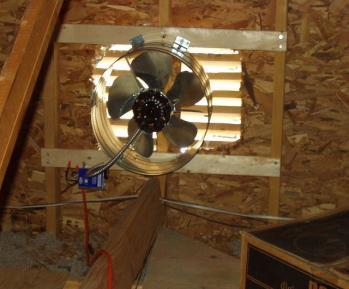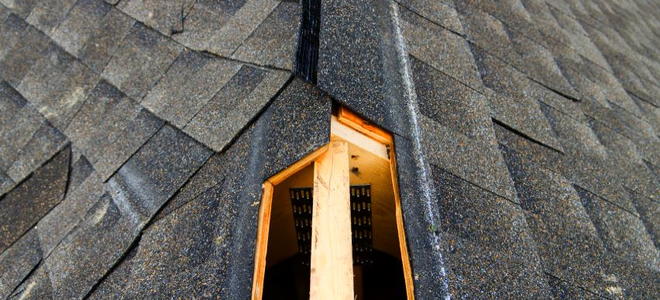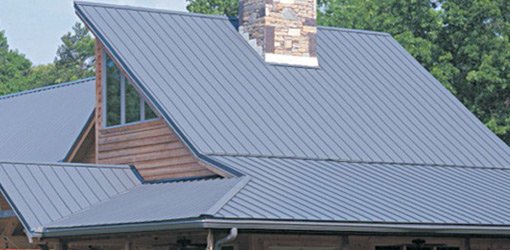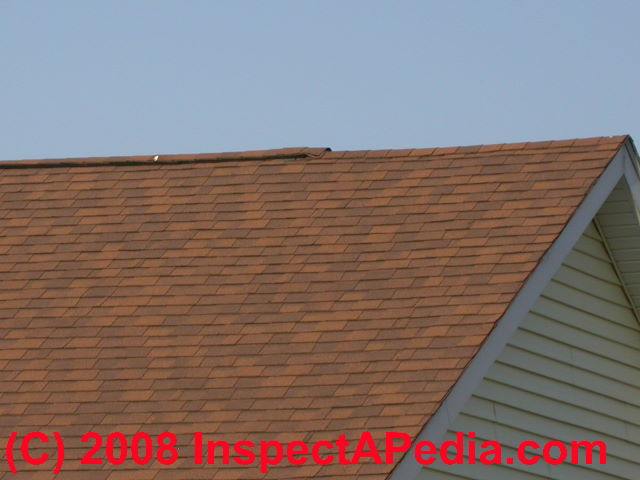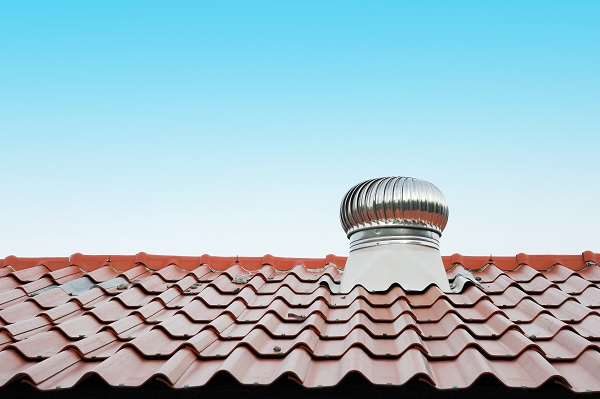Configuring Attic Ventilation Based On Outside Temperature

These images came from a presentation danny parker gave pdf on fsec s cool roof research the third graph shows attic temperatures from the middle of the attic for several different types of roofing as well as a sealed attic.
Configuring attic ventilation based on outside temperature. Intake vents located at the lowest part of the roof under the eaves allow cool. This prevents snow from melting on your roof and freezing when it hits the cold gutter. As high as 170 f 77 c. Ventilation is another key factor.
But in the winter the amount of water vapor that the air can hold is substantially lower. The white roof lowered the attic temperature by about 20 f. If your attic soars above 100 degrees and reaches the 150 mark its time to consult professionals. Roof shingle temperatures will be higher during no wind conditions leading to a higher heat load on the attic.
You can test the temperature level using a couple of thermometers. Up to 140 f 60 c. Attic temperature depends on the amount of solar radiation construction details and the rate of ventilation. Providing half air change per minute will lower the temperature to about 106 degrees f.
Temperature at attic floor. Calculations indicate that on a july day in texas a ventilation rate of one air change per minute for a typical attic using 95 degree f air will lower the peak attic temperature to about 101 degrees f. Temperature in rooms directly beneath attic. Therefore the greatest need for attic ventilation is when there is little wind pressure to force air in and out of the attic.
The fans cool the attic equalizing the temperature between the attic and outside of the home. Ideal attic temperatures shouldn t be more than 10 to 20 degrees hotter than outside temperatures. These are typical temperatures for a home with no attic ventilation on a sunny day with an outdoor temperature of 90 f 32 c see figure 1. Then stack effect is the prime air mover driven by the attic to outside air temperature difference.
Proper insulation but poor ventilation will lead to high temperatures and thus high humidity. Temperature at roof sheath.










